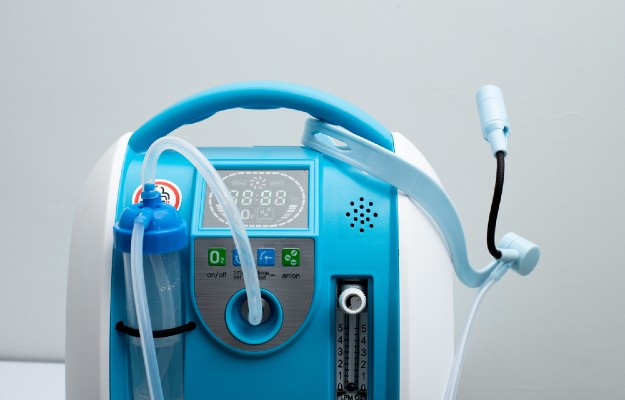Covishield vs Covaxin vs Sputnik V - Why it’s not correct to compare vaccines
These are Covishield, Covaxin and Sputnik V - the three Covid-19 vaccines approved in India - out of the many now approved around the world.
Pfizer, Moderna and Sputnik vaccines have very high efficacy rates: 95, 94 and 91 per cent.
But Covaxin* and Covishield are between 70 to 80 per cent. (*Only interim results known for Covaxin as of now.)
If you look at just these numbers, it’s natural to think that the first three vaccines are better.
But, that is not correct...
Let’s understand why.
To understand what these efficacy numbers mean, you first have to understand how vaccine trials are done.
A vaccine’s efficacy rate is calculated by doing large clinical trials
in which tens of thousands of people are broken into two groups:
one group gets the vaccine, and the other gets a placebo, which is to say, they remain unvaccinated.
Then, all trial subjects are sent out to live their lives as they normally would.
Over the next several months, scientists monitor how many get Covid-19.
So let’s look at Pfizer vaccine’s trial data to understand what happens next.
In that trial, 43,000 participants were divided into two equal-sized groups.
170 of them got infected with Covid-19.
Now how many of these 170 were in the group that got the vaccine, determines its reported efficacy rate.
For example, if these 170 were equally split across the two groups, that would mean the vaccine is not effective at all - that is, 0% efficacy.
On the other extreme, if all 170 were in the placebo group, the vaccine would have a 100% efficacy.
In Pfizer’s trial, 162 people were in the unvaccinated group, and just 8 in the vaccinated group.
So, efficacy rate = (162 - 8)/162 * 100 = 95%
It means, the vaccinated group experienced 95% fewer cases of Covid-19 than the unvaccinated group.
Every vaccine’s efficacy rate is calculated in the same way.
Covishield’s reported efficacy is 70%.
This does not mean that if 100 people are vaccinated with Covishield, 30 of them will get Covid.
It means that each person vaccinated with Covishield is 70% less likely to get Covid than a person who has NOT received ANY vaccine.
So, does this not mean that taking Pfizer’s vaccine makes me 25% less likely to get covid than someone who got Covishield?
Not quite.
Remember, the trials compare infection rates in vaccinated vs unvaccinated people. and NOT the infection rates in people who got vaccine A vs vaccine B.
Therefore, the efficacy rates we see cannot be used to compare two vaccines.
Also, each vaccine’s trial might be done in very different circumstances.
Trials have been done in different countries at different times when the case rates were very different and when prevailing variants were very different.
The only way to make a head-to-head comparison between two vaccines is to study them in the same trial, with the same inclusion criteria, in the same parts of the world, at the same time.
These efficacy numbers really just tell you what happened in each vaccine’s trial, not how different vaccines compare.
But many experts argue this isn’t even the best number to judge a vaccine by anyway.
Because completely preventing infection is not always the point of a vaccine.
Instead, it's to control the spread of the virus and to remove its ability to cause serious disease, hospitalization, and death.
And every one of these Covid-19 vaccines do these things well.
In the trials of these vaccines, while some people in the unvaccinated groups were hospitalized, or even died from Covid-19, not one fully vaccinated person, in any of these trials, was hospitalized or died from Covid-19.
Efficacy matters. But it doesn’t matter the most.
So which is the best vaccine? It's the one that you can get right now.
With each of us who takes the covid vaccine, we get closer to the end of this pandemic.
Disclaimer: The information in this article is accurate as of release time. However, as the situation surrounding COVID-19 continues to evolve, it's possible that some information and data have changed since publication. So, if you’re reading this article a long time after its publication, we encourage you to stay informed on the latest news and recommendations from WHO and MoHFW.




















